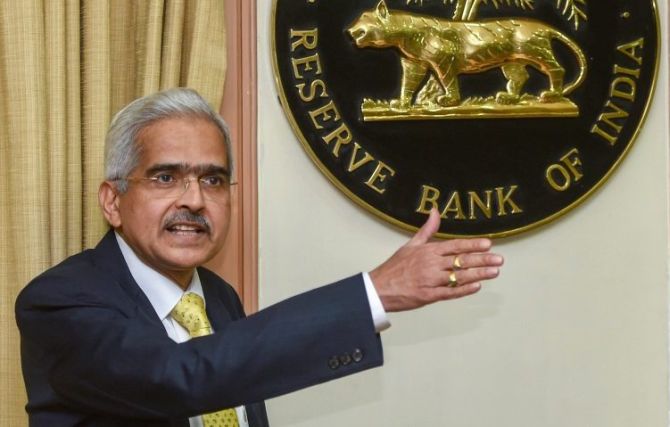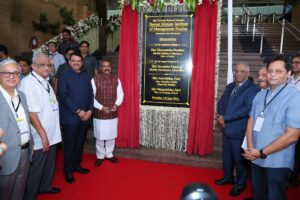
According to analysts, RBI’s rate cut will help increase India’s GDP, while keeping the policy stance accommodative.
“For the third successive time, in line with the majority market expectations, the Monetary Policy Committee cut the benchmark Repo rate by 25 bps. Following this action, the benchmark Repo rate now at 5.75% is the lowest in the last 9 years, ” Mr. Naresh Takkar, MD & Group CEO, ICRA Ltd.
With downward revision in GDP growth forecast for FY2020 to 7.0% and comfortable inflation estimates of 3.0-3.7%, the vote of the MPC members was unanimous and in favour of the rate cut along with the change in stance from neutral to accommodative. This clearly highlights the shift in preference towards growth, as inflation indicators are likely to remain within the targeted band.” he added.
The MPC, expectedly, cut the repo rate by 25 bps to 5.75% and changed its stance to ‘accommodative’ from ‘neutral’. The decision to cut rates and change the stance this time was unanimous, as against (4,2) in favor of a rate cut and (5,1) in favor of retaining the ‘neutral’ stance in the last meeting. Besides rates, certain other decisions of note are: (1) reviewing the liquidity management framework by constituting an Internal Working Group, which will submit its report by July, (2) moving further towards Basel III Standards by setting minimum leverage ratio at 4% for Domestic Systemically Important Banks (DSIBs) and 3.5% for other banks, and (3) taking measures to encourage greater retail participation in the Government Security Market.
MPC expects FY2020 CPI inflation to remain manageable. Even though the MPC believes that the recent pickup in food prices has imparted an upward bias to the inflation trajectory, subdued global and domestic demand will result in further softening of core inflation during FY2020, keeping the headline inflation broadly in check. The MPC now expects 1HFY20 CPI inflation at 3.0-3.1% (2.9-3.0% earlier, Kotak: 3.2%) and 2HFY20 inflation at 3.4-3.7% (3.5-3.8% earlier, Kotak: ~4%), with risks broadly balanced.
However, the MPC remained cautious of monsoons, abrupt reversal in vegetable prices, consolidated fiscal situation, financial market volatility and geopolitical tensions. MPC’s focus remains on addressing growth. Given the benign inflation outlook, MPC’s focus remains on addressing tepid growth, after further opening of the output gap since the April meeting.
It emphasized that ‘growth impulses have weakened significantly’ and ‘there is scope for the MPC to accommodate growth concerns by supporting efforts to boost aggregate demand, and in particular, reinvigorate private investment activity’. Citing weak global demand, moderating investment and softening consumption (especially in rural areas), the MPC revised down its FY2020 growth expectations to 7% (earlier 7.2%, Kotak: 6.8%); growth in 1HFY20 is expected at 6.4-6.7% (6.8-7.1% earlier) and in 2HFY20 at 7.2-7.5% (7.3-7.4% earlier), with risks evenly balanced.
The MPC’s acknowledgement of the need to address the slowing growth on the back of muted headline inflation along with an accommodative stance strengthens our case for another 25 bps cut in August. However, the evolution of food inflation in 2HFY20 could provide some upside to MPC’s inflation forecasts, which could restrict further cuts beyond August.
Besides rate cuts, the RBI is likely to focus on ensuring smoother monetary transmission to revive growth. The proposed working committee to review the liquidity management framework could look into the suitability of the operative rate being closer to reverse repo in an accommodative cycle and vice versa. Further clarity on a determinate stance on system liquidity during accommodative or tightening stance could further aid the process of transmission.



